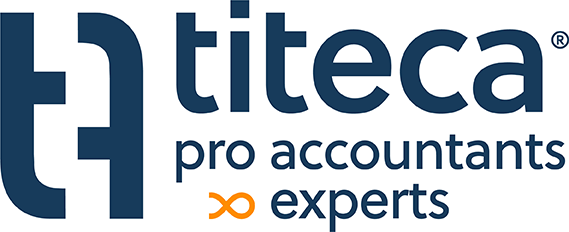Late last year, the tax landscape was startled by a sweeping proposal to amend the VVPRbis regime that entailed a massive verstrendering. Fortunately, the soup was not eaten as hot as it was served. In response to a parliamentary question, this amendment has even had a positive effect for companies that had previously been excluded from the VVPRbis regime since the introduction of the WV. This already applies to dividends paid as of January 1, 2022. With this article, we provide insight into what exactly has changed.
What we already knew about the VVPRbis system
Since July 1, 2013, the regulation around the possible reduced valuation on dividend payments is in effect for dividends paid to natural persons (VVPRbis regime). This allows the company to distribute dividends at a reduced rate of 15% instead of the normal rate of 30% today.
Those wishing to apply the regime must of course meet a number of requirements. These include registered ordinary shares created as of July 1, 2013 whose capital/contribution must be fully paid up no later than the time of the dividend distribution. In addition, the company must also satisfy as a small company at the time of issuance and hold the shares in full ownership continuously. Finally, the company must wait several years before it may apply the reduced rate. Nothing new thus.
Minimum capital
When it was introduced, the legislation provided that companies were only eligible for the application of the VVPRbis system to the extent that they had a requirement of minimum capital. This capital had to be at least 18,550 euros, as provided for in the old Companies Code for the e.g..
Specifically, this meant that companies without a minimum capital requirement (VOF, CommV) were by definition excluded from the advantageous regime unless they increased their capital to at least 18,550 euros.
To illustrate: in 2015, a CommV was created with a capital of 2,000 euros in which 200 shares were created. Since the minimum capital condition was not met, no VVPRbis could be applied to these shares. Only when the company increased the capital to at least 18,550 euros could the newly created shares benefit from the advantageous withholding tax rates. Note that even then the old shares were still not eligible for the reduced rate.
Even with the introduction of the WVV from May 1, 2019, the previous situation did not change. Although the new WVV set the minimum capital for e.g.'s abolished, in the above example, the shares initially created (200 shares) could not benefit from VVPRbis. Indeed, the law still stated as a condition that the minimum capital of EUR 18,550 had to be initially met.
What has changed positively now?
In the introduction we already referred to the changes introduced by the legislator regarding the VVPRbis system. From a purely technical point of view, the legislator opted not to incorporate the changes in the text itself but to replace the article of law entirely, with all the conditions being rewritten.
In itself, this is not special, were it not for the fact that the specific reference that stated that companies that did not meet the minimum capital requirement were excluded from the VVPRbis regime has now been removed. In a recently published answer to a parliamentary question, the Finance Minister confirmed that "the shares issued at the formation of the company [which did not require a minimum capital at the time] are also eligible for the VVPRbis system."
Returning to the example of the CommV with a capital of 2,000 euros at incorporation in 2015, the "new" article of law thus means that the conditions for the application of the VVPRbis regime are now met.
Do not hesitate to contact us here contact us with questions.
Would you like a conversation about the right approach for your business? Then make an appointment here with our pro experts!




